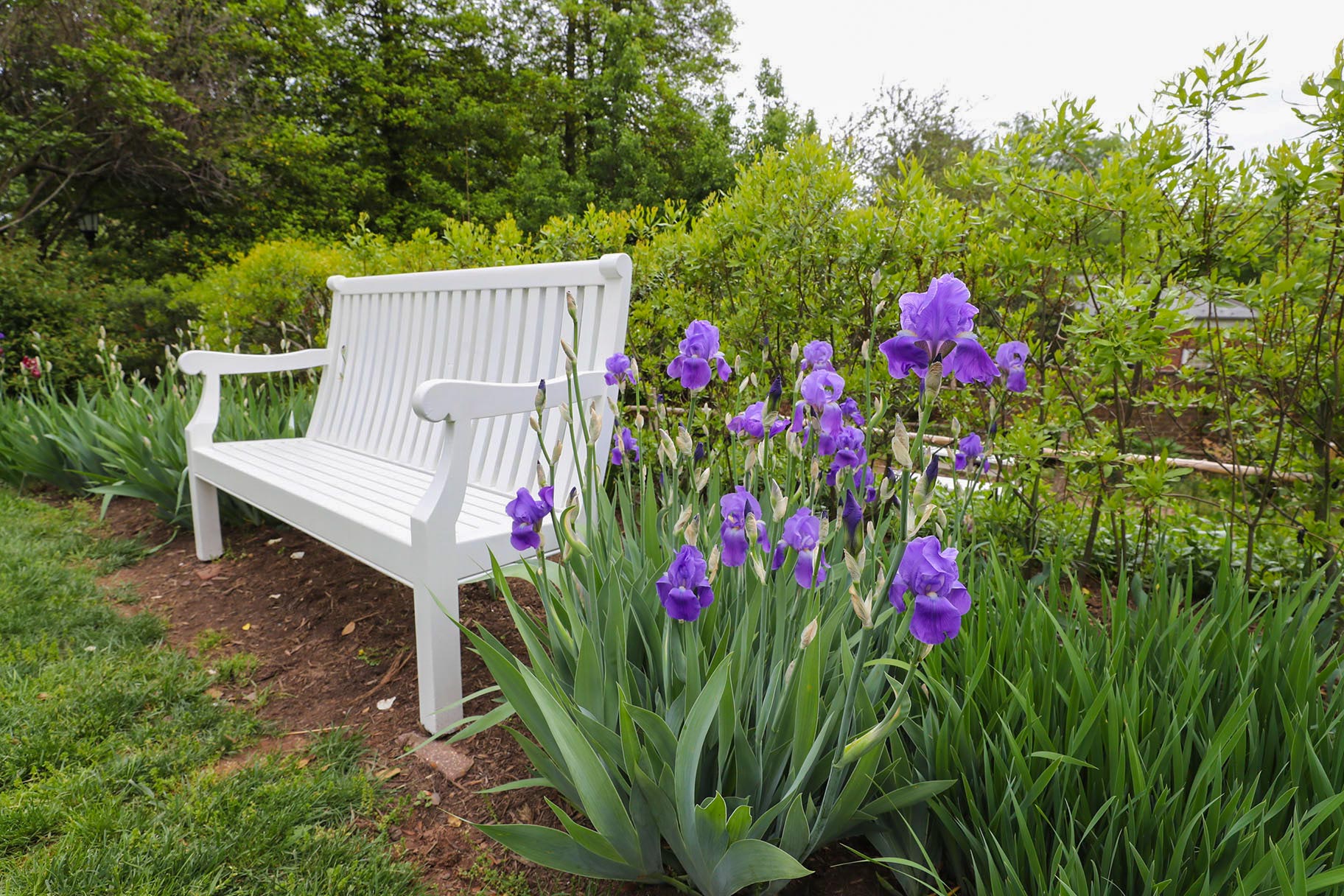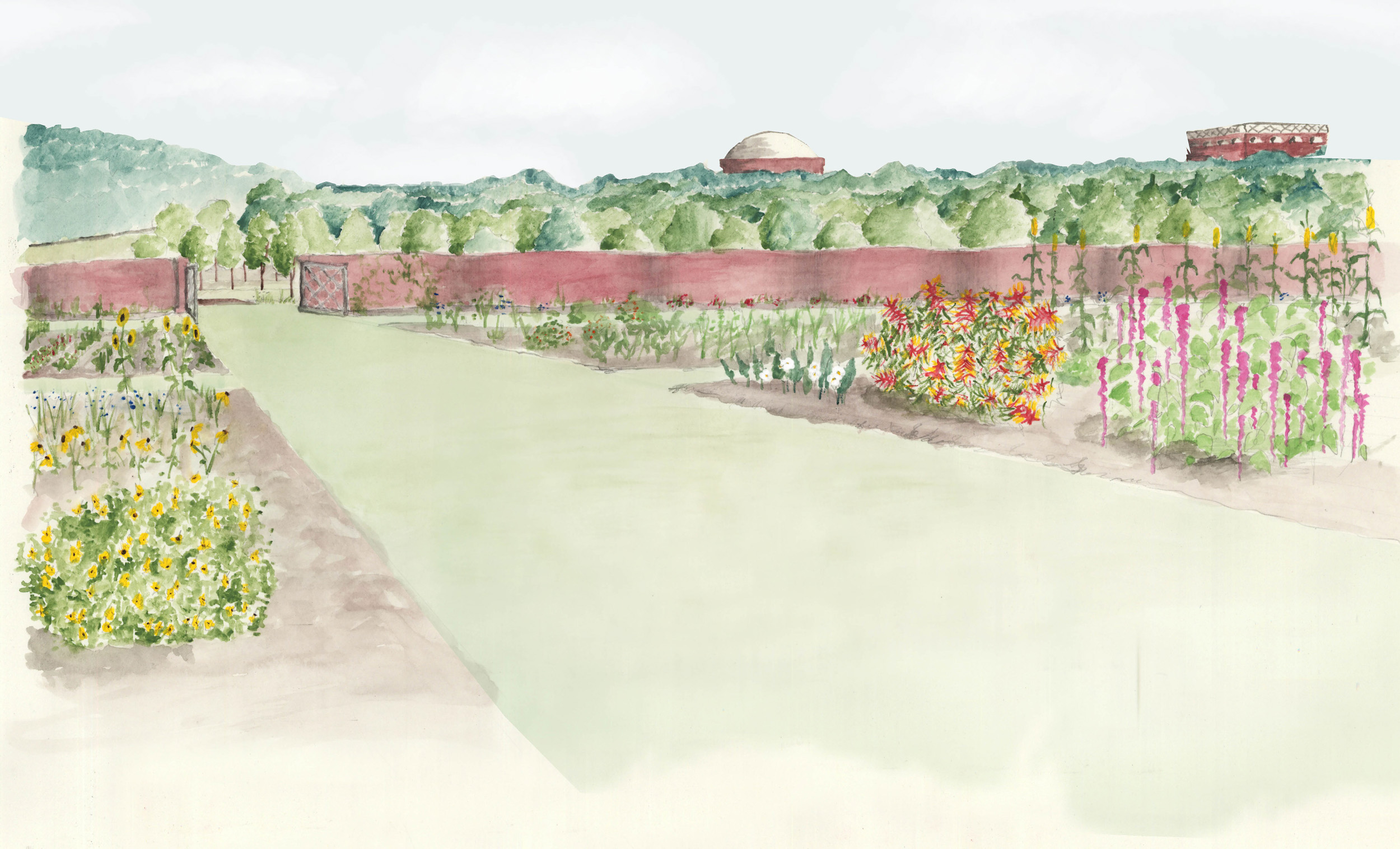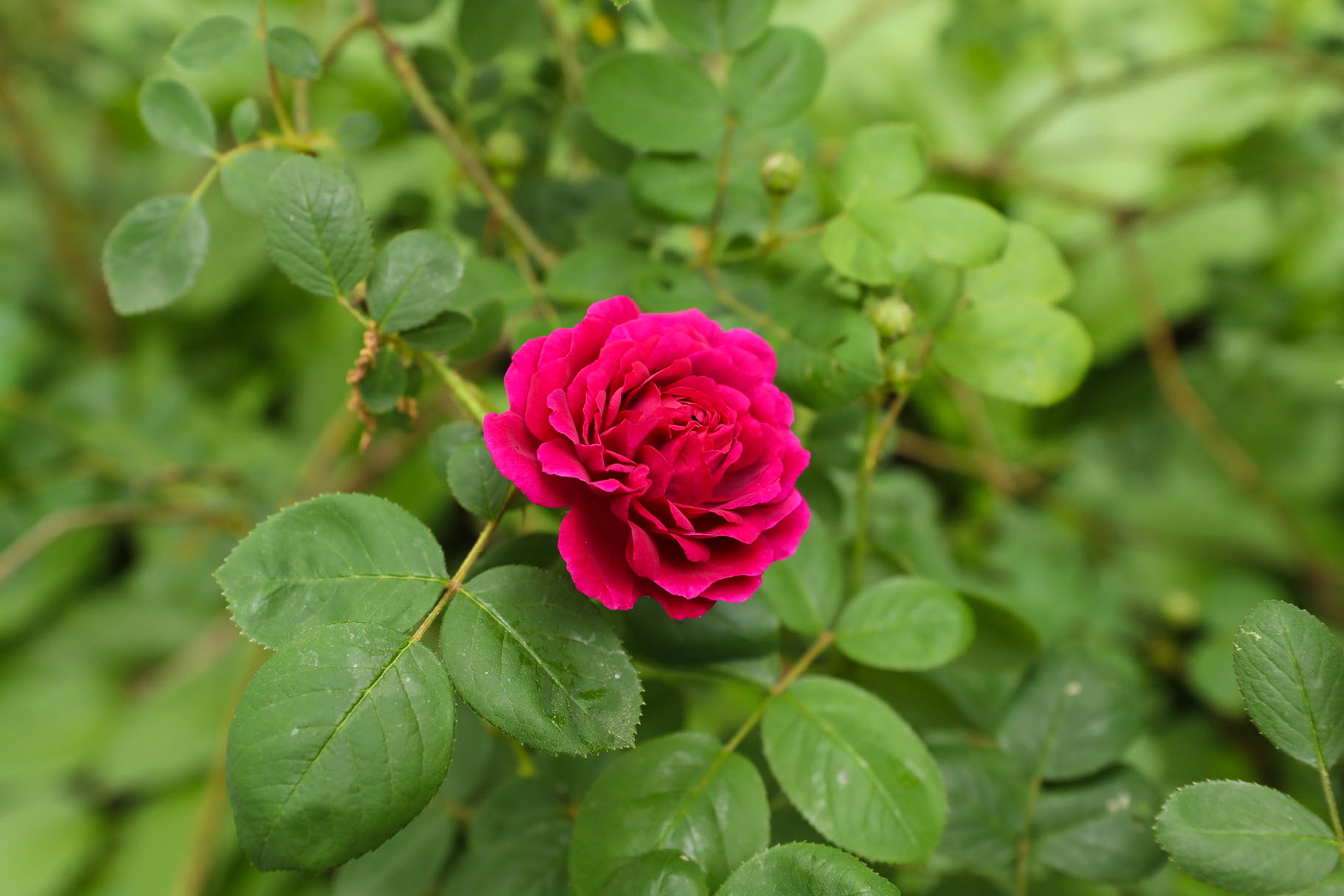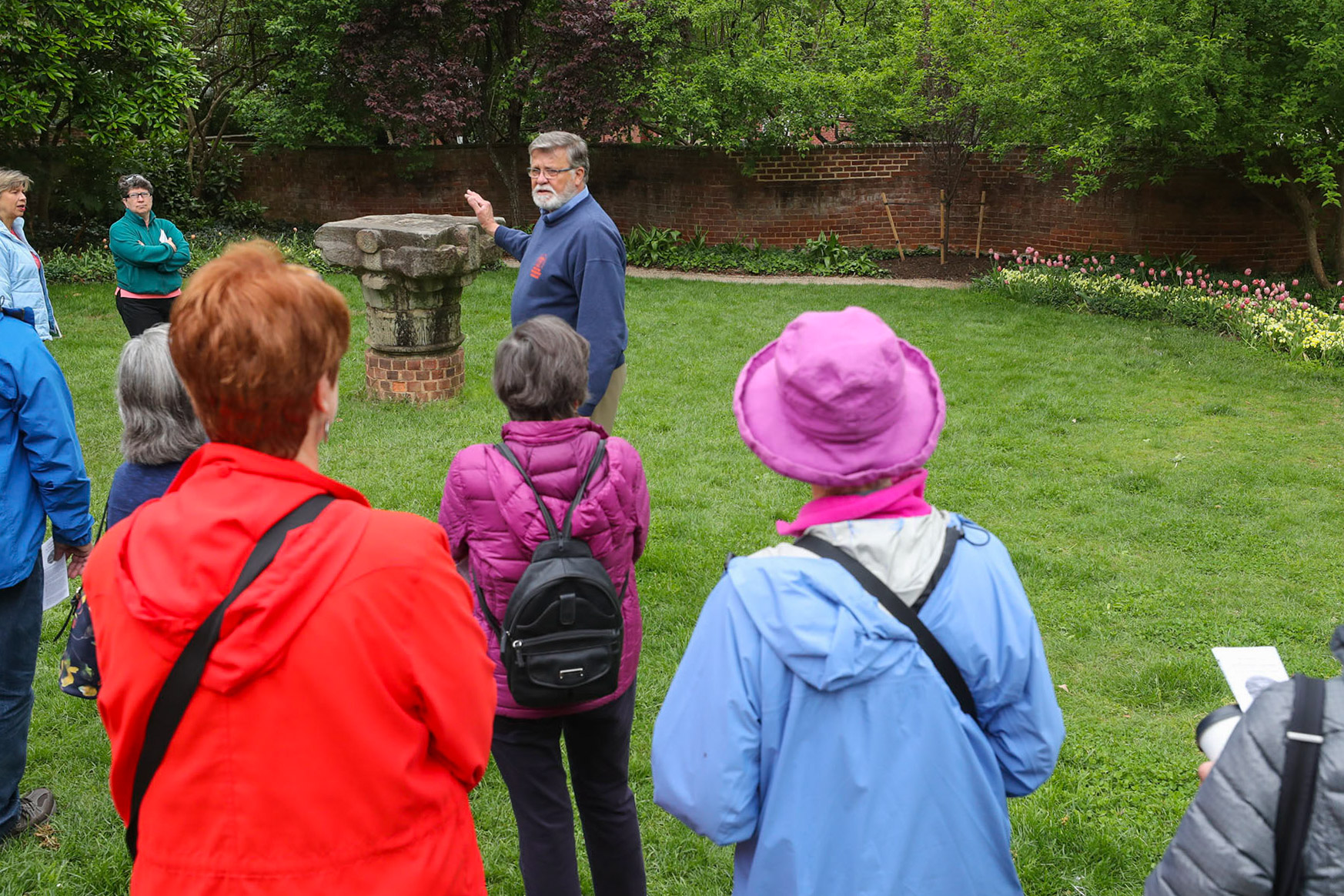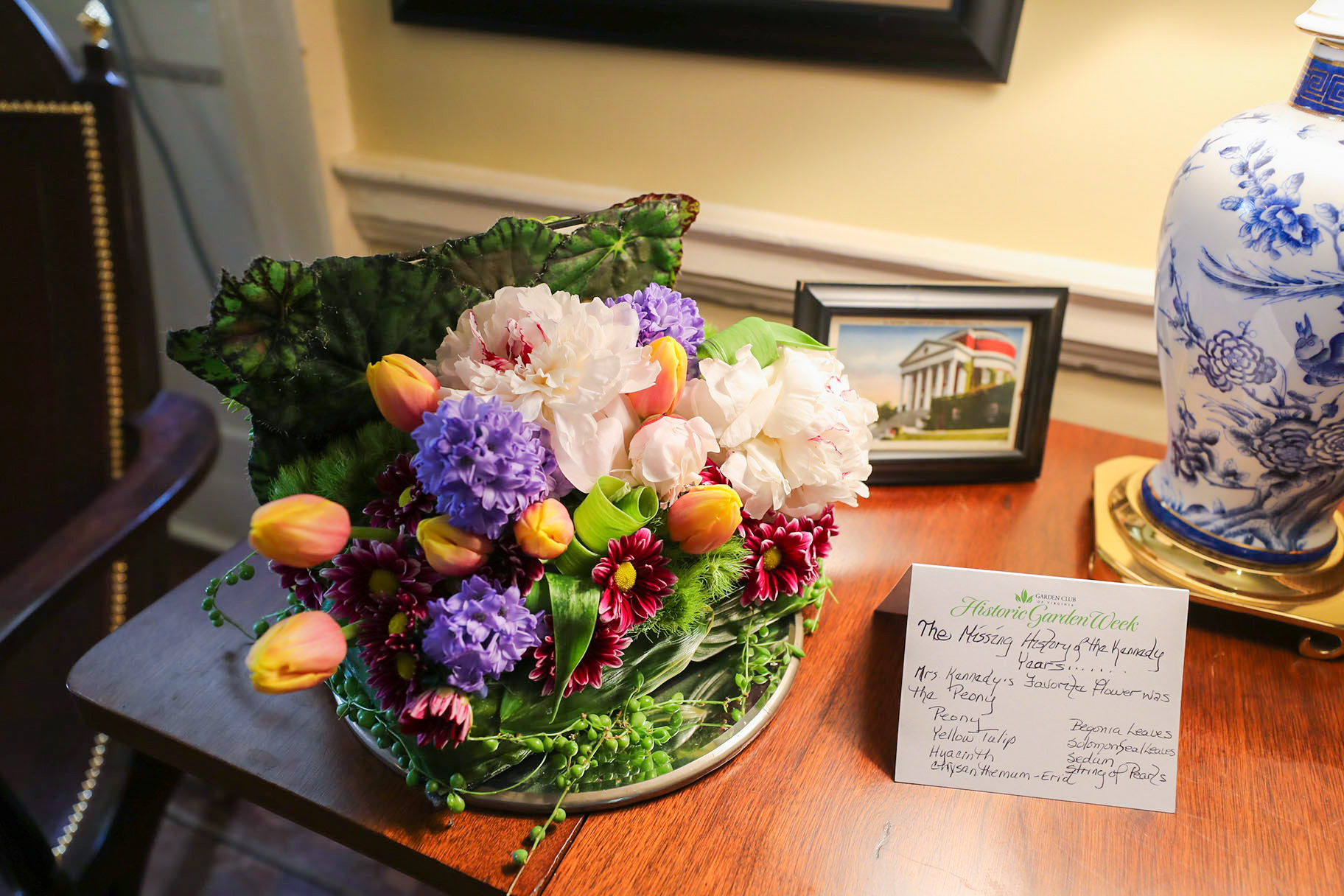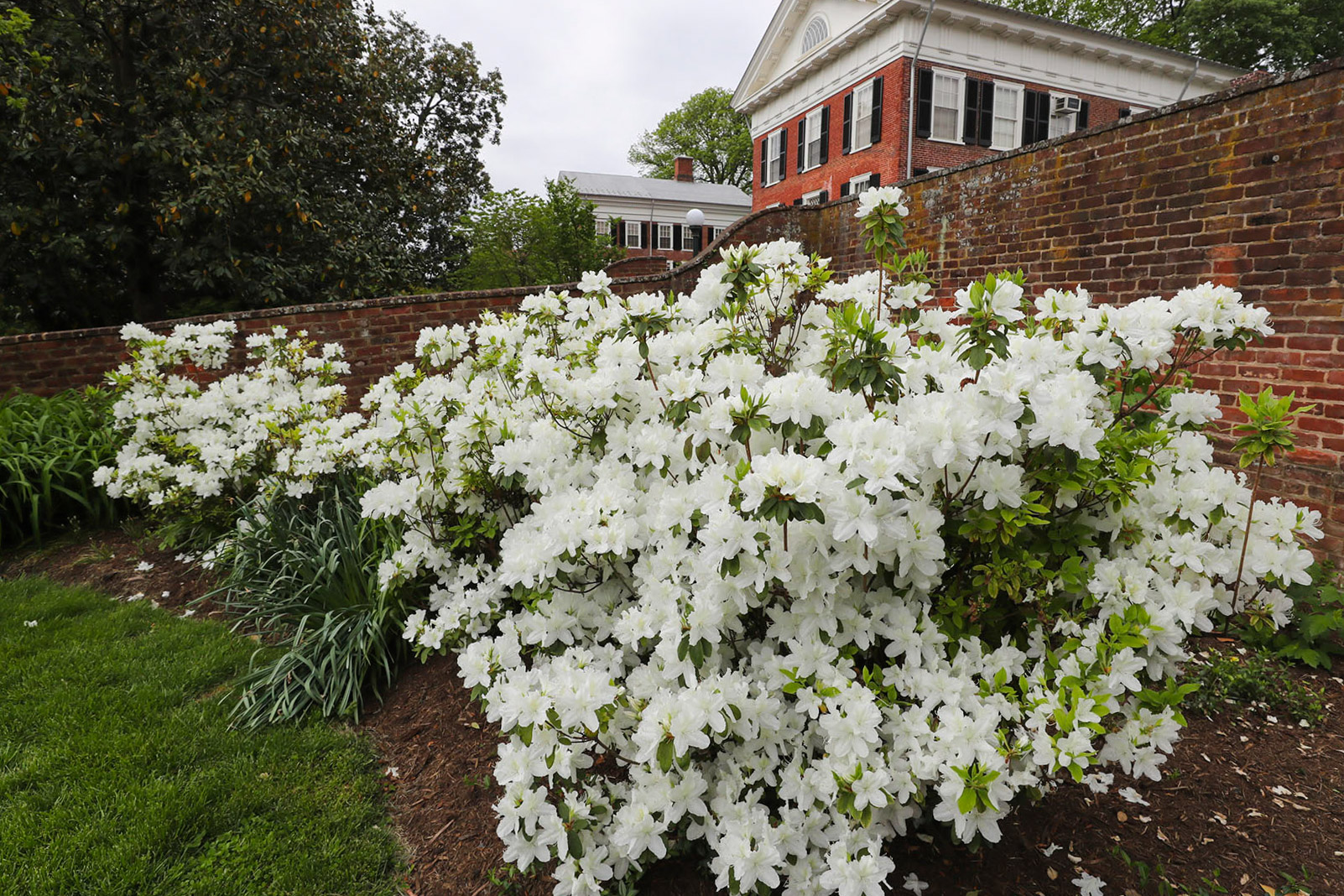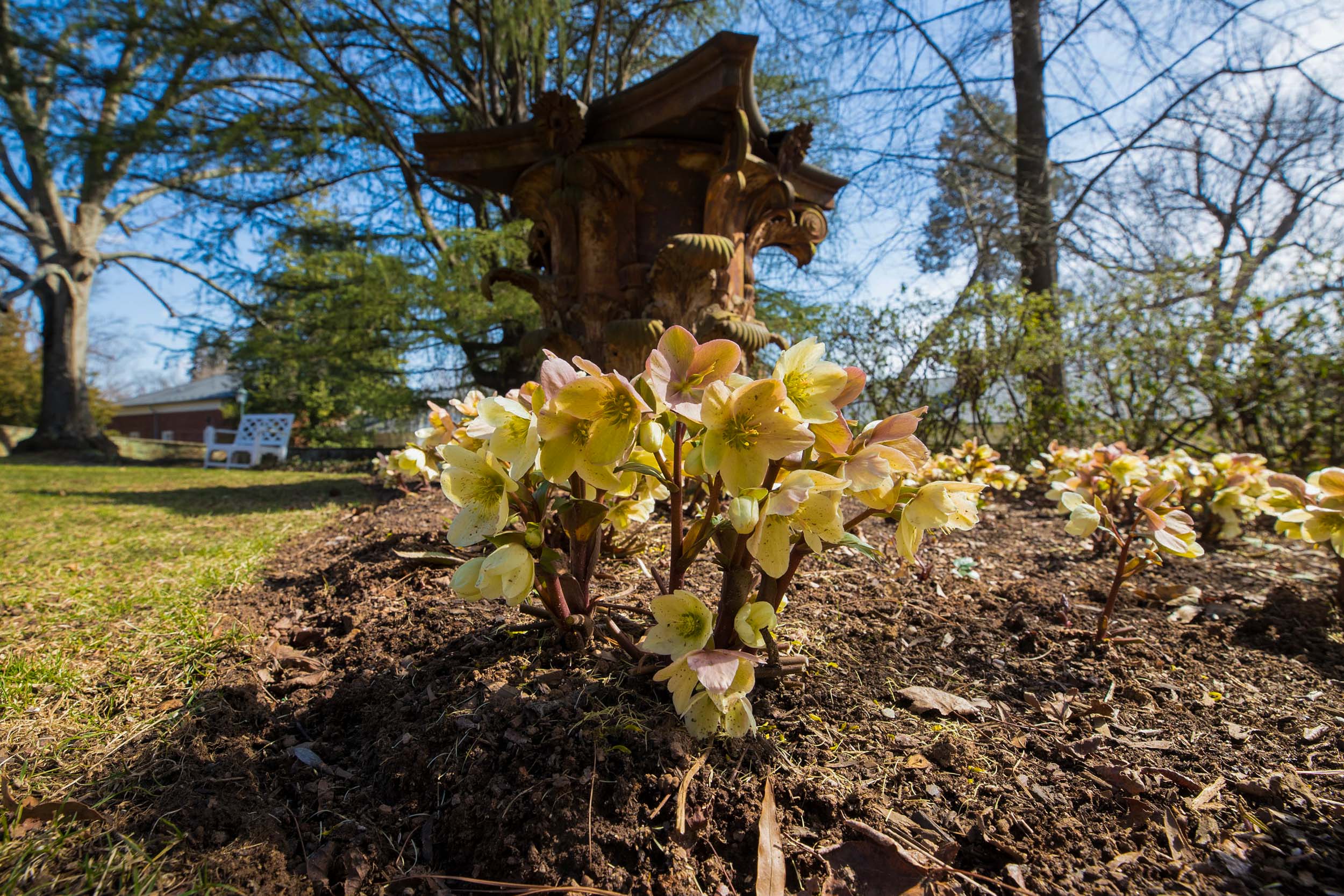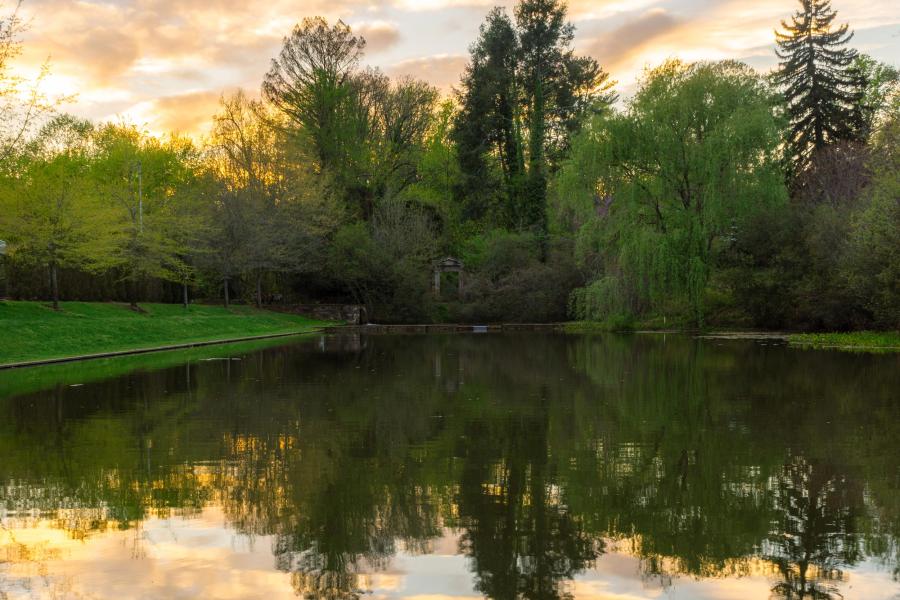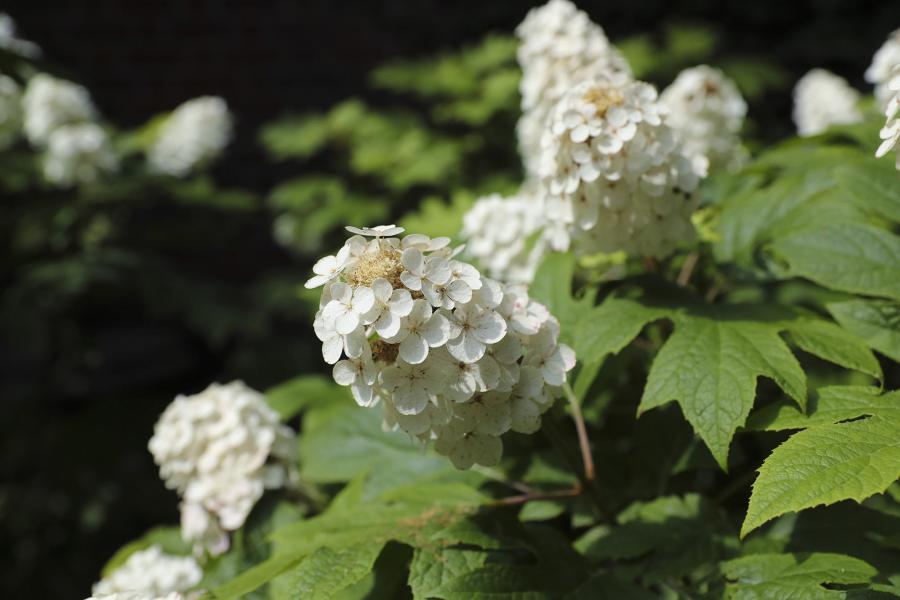To celebrate spring, garden lovers are visiting the University of Virginia’s pavilion gardens, some of which are part of this week’s Historic Garden Week tour.
Meanwhile, a new exhibit at UVA’s Albert and Shirley Small Special Collections Library shows a garden design on Grounds that never was.
The exhibit focuses on a plan for a botanical garden that was to have been installed near the Academical Village. In 1820, Thomas Jefferson commissioned José Francisco Correia da Serra, a Portuguese cleric, botanist and diplomat, to draft a design for a botanical garden. Six years later, Professor John Patten Emmet assisted Jefferson in selecting the location – a hillside west of the Rotunda, which today slopes behind Alderman Library to Nameless Field.
The site was to have been a six-acre trapezoidal botanical garden and terraced tree grove. But when Jefferson died only two months later, those plans were set aside. This exhibition traces the origins and history of this unrealized garden, with letters and other material, including the original manuscript plan drafted for Jefferson by Correia da Serra – a gift from Joel B. Gardner, who graduated from the College of Arts & Sciences in 1970 and the School of Law in 1974.
